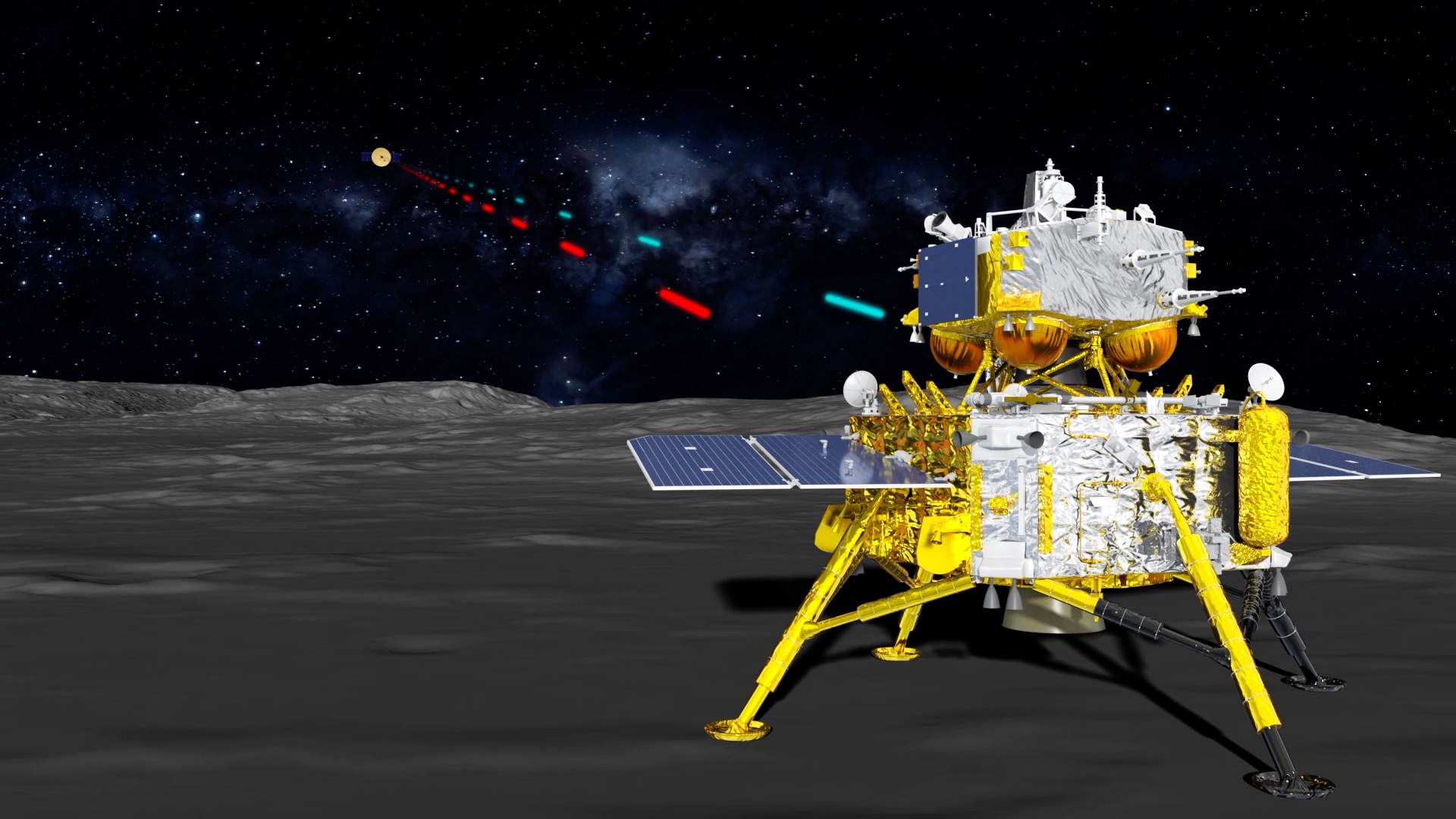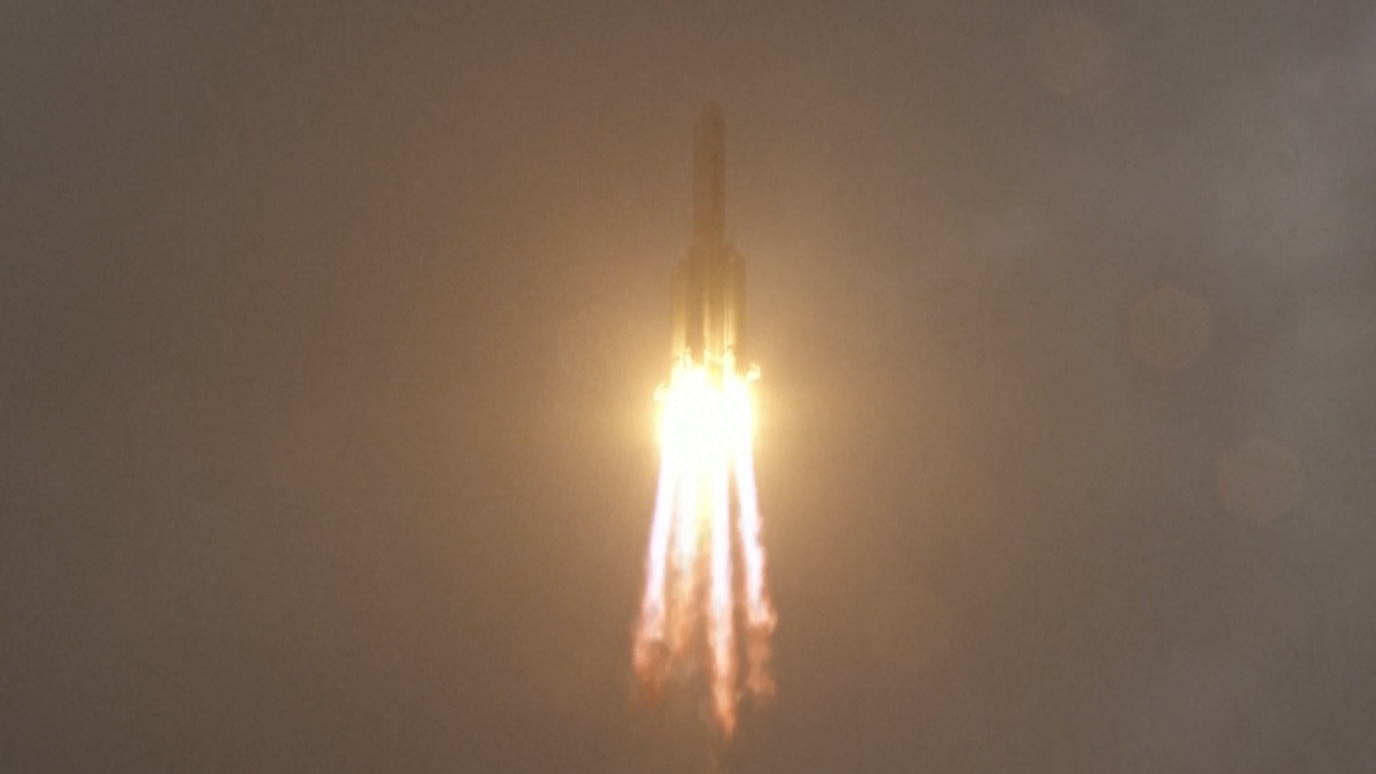 An illustration of the Chang’e-6 lunar probe. /CNSA
An illustration of the Chang’e-6 lunar probe. /CNSA
An illustration of the Chang’e-6 lunar probe. /CNSA
China’s Chang’e-6 lunar probe has entered its circumlunar orbit, the China National Space Administration (CNSA) said on Wednesday, adding that the lunar probe performed a near-moon braking procedure at 10:12 a.m. (Beijing Time) before entering the planned orbit.
During its flight, Chang’e-6 underwent a critical maneuver called a near-moon braking procedure. This process reduced the probe’s relative speed to below the moon’s escape velocity, allowing lunar gravity to capture it into a stable orbit around the moon.
With communication relayed by the Queqiao-2 relay satellite, Chang’e-6 will subsequently adjust its orbit’s altitude and inclination. Once optimal conditions are met, the mission will initiate a separation of the orbiter-returner module from the lander-ascender module. The lander-ascender combination will then perform a soft landing within the South Pole-Aitken Basin, where it will execute the planned sampling and return mission from the far side of the moon.
01:14

China launched the Chang’e-6 probe on May 3, and the spacecraft has now reached its planned orbit and continues with its weeks-long journey to the moon.
The probe is expected to bring back two kilograms of samples from the far side of the moon—the first endeavor of its kind in the history of man. In 2020, China collected samples from the near side of the moon during its Chang’e-5 mission.
